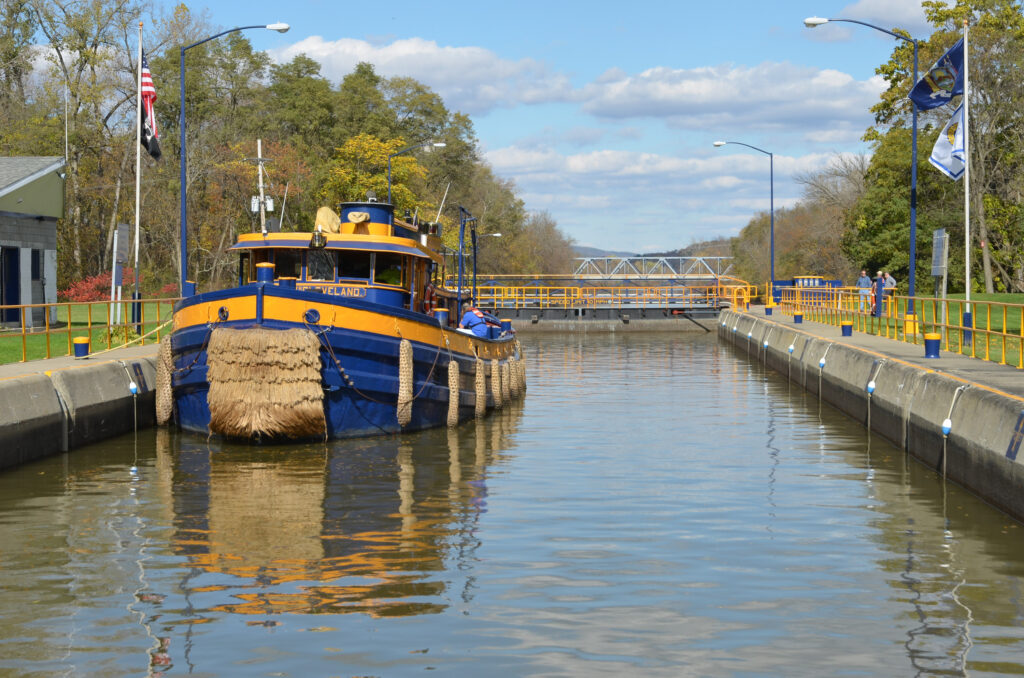The Erie Canal is one of America’s most significant engineering feats, and its creation revolutionized transportation in the United States. It was originally conceived as a way to open up commerce between the rapidly growing cities of New York and Buffalo, located on Lake Erie in Western New York. Construction began in 1817 and by 1825 the 363-mile canal was completed, at a cost of over $7 million.
The Erie Canal quickly became one of the most important transportation routes in America and it transformed the economy. It allowed goods to travel more quickly and cheaply between Buffalo and New York City, carrying far more cargo than any other single route at the time. It also enabled people to travel more easily, as it provided a direct route between the two cities.

The Erie Canal was also instrumental in helping the US expand westward. It connected New York’s growing industries with the western states and territories, allowing goods to be transported much faster than they could over land routes. The canal started an economic boom that lasted for decades, and it was responsible for the growth of many cities along its route. By 1848, when the canal was expanded to include a larger feeder system, it had become one of the most important transportation systems in America.
The Erie Canal is still an important part of American history and commerce today. Its legacy can be seen in the growth of many cities along its route, and it still serves as an important transportation link between the east coast and the Midwest. It is a symbol of America’s engineering prowess and ingenuity, and it remains one of the most significant examples of our nation’s commitment to progress.


